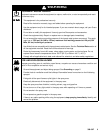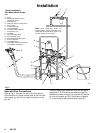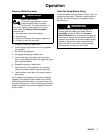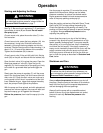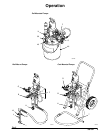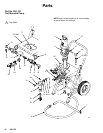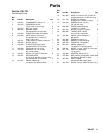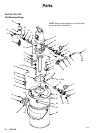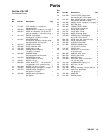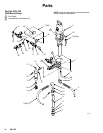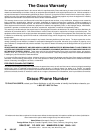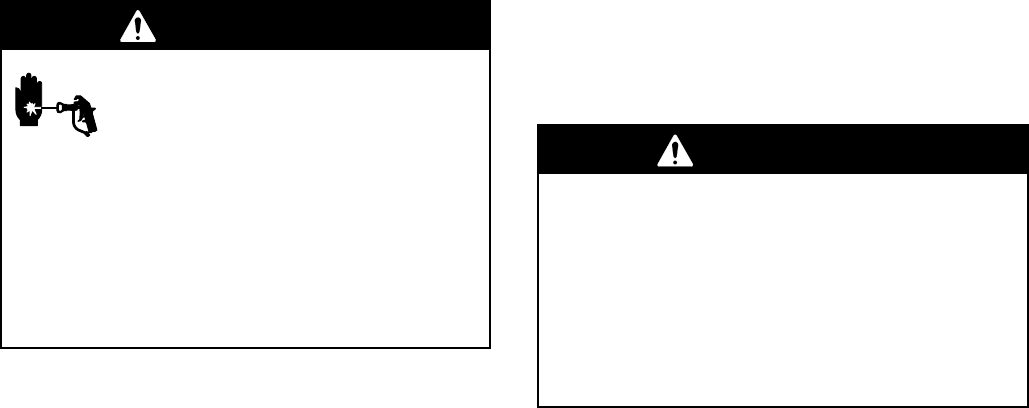
7308–367
Operation
Pressure Relief Procedure
WARNING
INJECTION
HAZARD
Fluid under high pressure can be in
-
jected through the skin and cause
serious injury
. T
o reduce the risk of an
injury from injection, splashing fluid, or moving
parts, follow the
Pressure Relief Procedure
whenever you:
D
are instructed to relieve the pressure,
D
stop spraying,
D
check or service any of the system equipment,
D
or install or clean the spray tips.
1.
Engage the spray gun safety latch.
2.
Close the bleed-type master air valve (supplied in
your system).
3.
Shut of
f the air regulators.
4.
Disengage the spray gun safety latch.
5.
Hold a metal part of the spray gun firmly to the
side of a grounded metal pail, and trigger the spray
gun to relieve pressure.
6.
Engage the spray gun safety latch.
7.
Open the drain valve (supplied in your system),
having a container ready to catch the drainage.
8.
Leave the drain valve open until you are ready to
spray again.
If you suspect that the spray tip or hose is completely
clogged, or that pressure has not been fully relieved
after following the steps above, very slowly loosen the
tip guard retaining nut or hose end coupling and relieve
pressure gradually
, then loosen completely
. Now clear
the tip or hose.
Flush the Pump Before Using
Pumps
are tested with lightweight oil which is left in to
protect the pump parts. T
o prevent contamination of
the fluid, flush the pump with a compatible solvent
before using it.
WARNING
Before flushing, be sure the entire system and
flushing pails are properly grounded. Refer to
Grounding
on page 5. Follow the
Pressure
Relief Procedure
at left, and remove the spray tip
from the gun. Always use the lowest possible fluid
pressure, and maintain firm metal-to-metal contact
between the gun and the pail during flushing to
reduce the risk of fluid injection, static sparking,
and splashing in the eyes or on the skin.





